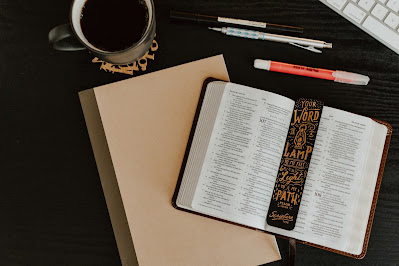3. The Importance of Water

The Consumption of Water and the Importance of Hydration Your body depends on water to survive. Every cell, tissue and organ depends on water to work properly. For example your body uses water to maintain its temperature, remove waste and lubricate your joints. Water maximises physical performance, helps with nutritional absorption, weight loss and boosts energy. Water is needed for overall good health. To stay hydrated it is recommended that you consume between 2 and 3 litres of water to remain healthy. This needs to increase if you live in hotter climates or exercise regularly. It is highly advisable to drink before, during and after exercise to boost your energy levels and keep you fully hydrated. Not all of your recommended allowance needs to be plain water, for example some can come from water flavoured with fruit or vegetable (berries, lemon, lime, orange or cucumber slices), or from tea and coffee. Tips for Staying Hydrated Drink a glass of water as soon as you wake up in the




